The New St. Petersburg Zoo by TN Plus & Beckmann N’Thépé Architects in St. Petersburg, Russia. Located in the heart of Alexander Park in St. Petersburg, Russia, the Leningrad Zoo was founded on Aug. 1, 1865. According to the Saint Petersburg Commune, the Leningrad Zoo is the oldest zoo in Russia and the second-largest zoo, after the Moscow Zoo. Currently, the zoo holds approximately 600 species of mammals, birds, fish, and invertebrates from various parts of the world, according to the Leningrad Zoo, and, like most others zoos around the globe, suffers from lack of space. In 2010, the city decided to relocate the zoo and organized an international competition for the new Primorskiy Zoological Park. The winning project was designed by a team formed by Bruno Tanant and Jean Christophe Nani of the landscape design firm TN PLUS, with Aldric Beckmann and Françoise N’Thépé of the architecture firm Beckmann N’Thépé. These architects created a fascinating project concept based on the primitive continent of Pangea.
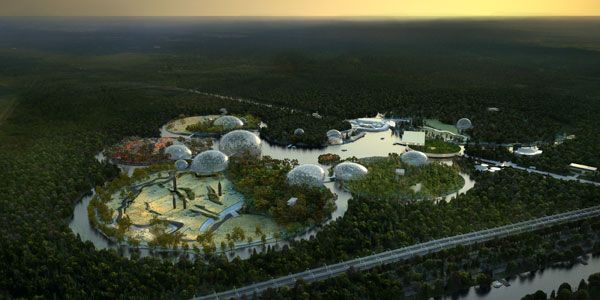
St Petersburg zoo competition phase general overview . Image credit: Artefactory
St. Petersburg Zoo
Pangea was the supercontinent that existed more than a million years ago. The concept embraced by TN Plus & Beckmann N’Thépé consists of reuniting the Pangea. Using water on the site, the team created six circular islands: South East Asia, Africa, Australia, South America, North America, and Eurasia, representing the pieces of the Pangea. The idea was to introduce, on each of these islands, ecological samples and native animals of each continent.
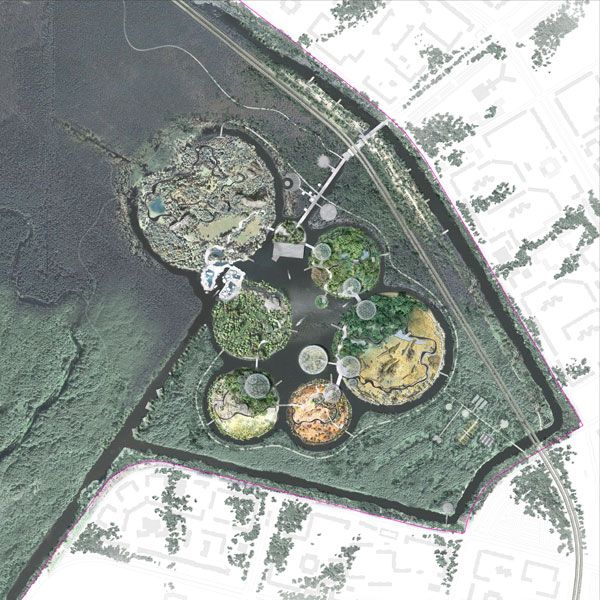
St Petersburg zoo competition phase general masterplan. Image credit: TNplus
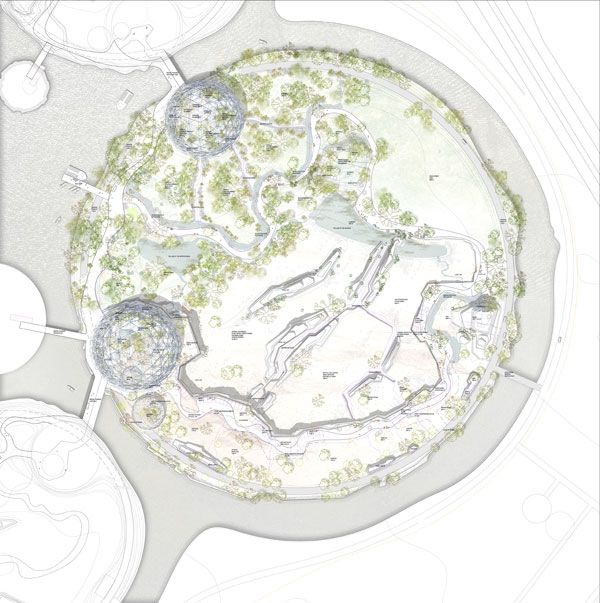
St Petersburg zoo competition phase masterplan of Africa. Image credit: TNplus
Related Articles:
- How Beirut’s Zeytouneh Square is Reuniting a Divided Urban Community
- Bill and Melinda Gates at the Forefront of Sustainable Design
- Diana Memorial Fountain: “Reaching Out, Letting In.”
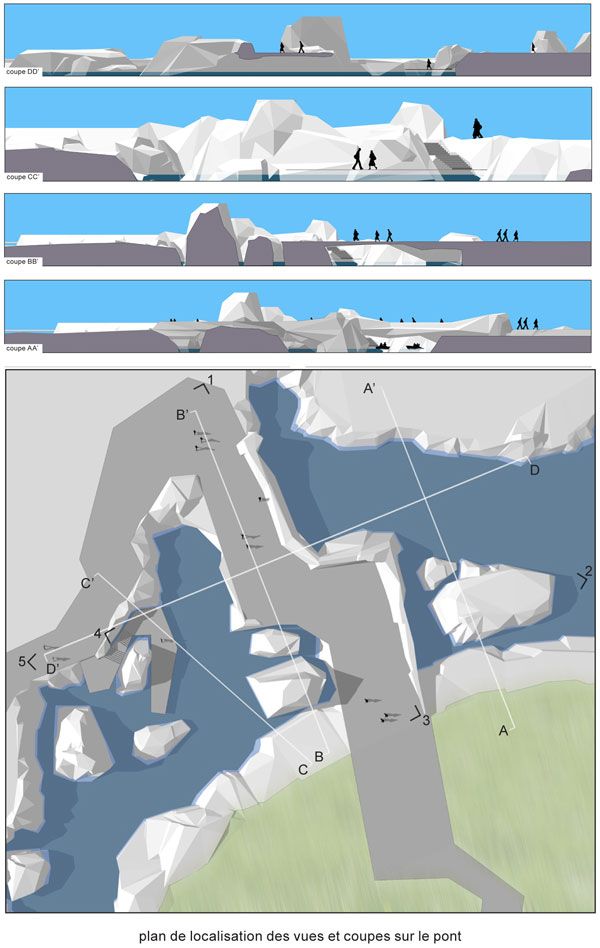
St Petersburg zoo detailed design phase sections and 3D on North pole. Image crediy: TNplus
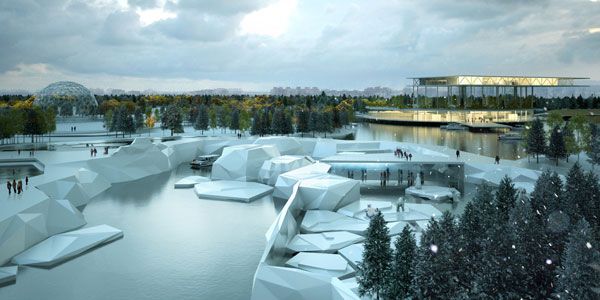
St. Petersburg Zoo competition phase North Pole veiw. Credit: Artefactory

Madagascar simulation in Russia. Image originally from TNplus. Modified by SDR to suit publication.
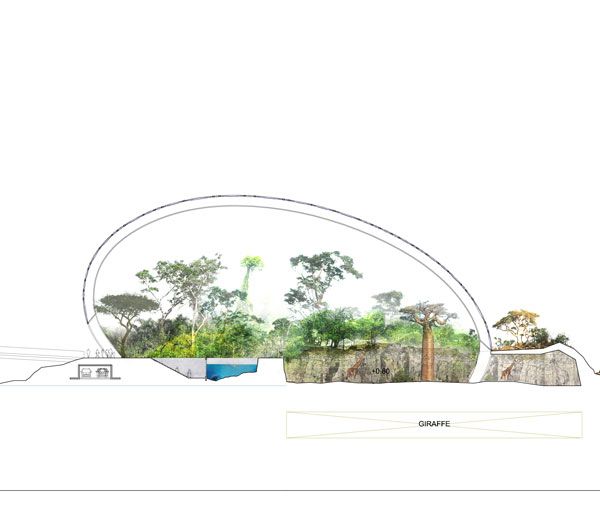
One of the proposed structures at St. Petersburg Zoo. Image originally from TNplus. Modified by SDR to suit publication.
Full Project Credits:
Project: New Zoo of St. Petersburg Designers: TN Plus & Beckmann N’Thépé Architects Zoologist: Eric Plouzeau, Biozones Consulting Zoo Expert: Monika Fiby Botanical: Albert A. Tourette Location: St. Petersburg, Russia Total Area: According to TN Plus: 140ha According to Beckmann N’Thépé Architects: Site Large: 300ha Emprise Zoo: 96ha Client: Ville de St. Petersburg/Intarsia Budget: 287 M € HT Area in Context: The site is in the northern suburbs of the city not far from the Bay of Finland, in the frontier between a new residential district in plain development with high rise buildings and a natural reserve.
Recommended Reading:
- Landscape Architecture: An Introduction by Robert Holden
- Landscape Architecture, Fifth Edition: A Manual of Environmental Planning and Design by Barry Starke
Article written by Sarah Suassuna
Published in Blog

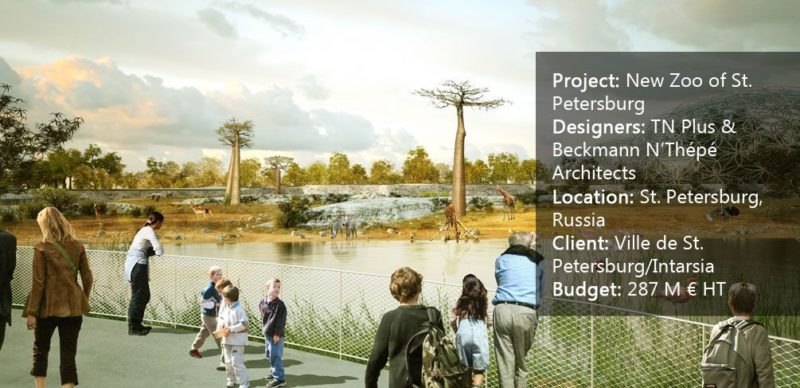
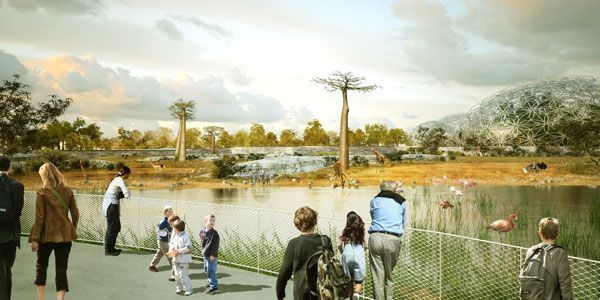

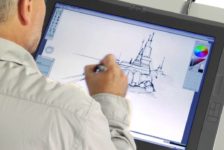
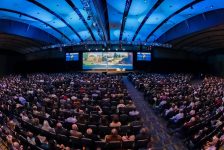
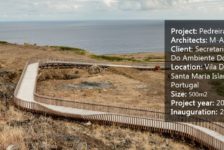

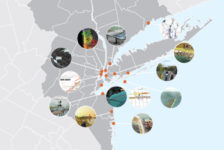

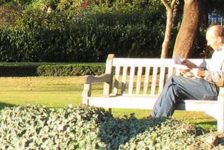
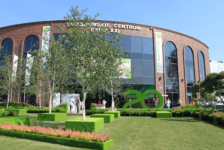
Pingback: Have zoos had their day? - NEWSCABAL
Pingback: Have zoos had their day? | Art and design – Today Life News
Pingback: Have zoos had their day? - NewsGroove Uk
Pingback: Have zoos had their day? - Washington latest
Pingback: У зоопарков был свой день? | Арт, живопись и дизайн – Nachedeau
Pingback: Have zoos had their day? - Maggazinne.com
Pingback: Les zoos ont-ils eu leur journée? | Art et désign | Nouvelles-du-monde
Pingback: Have zoos had their day? – Fashoinstr.com
Pingback: Have zoos had their day? | Newyorrk.com
Pingback: zoos elephants | Journal of African Elephants